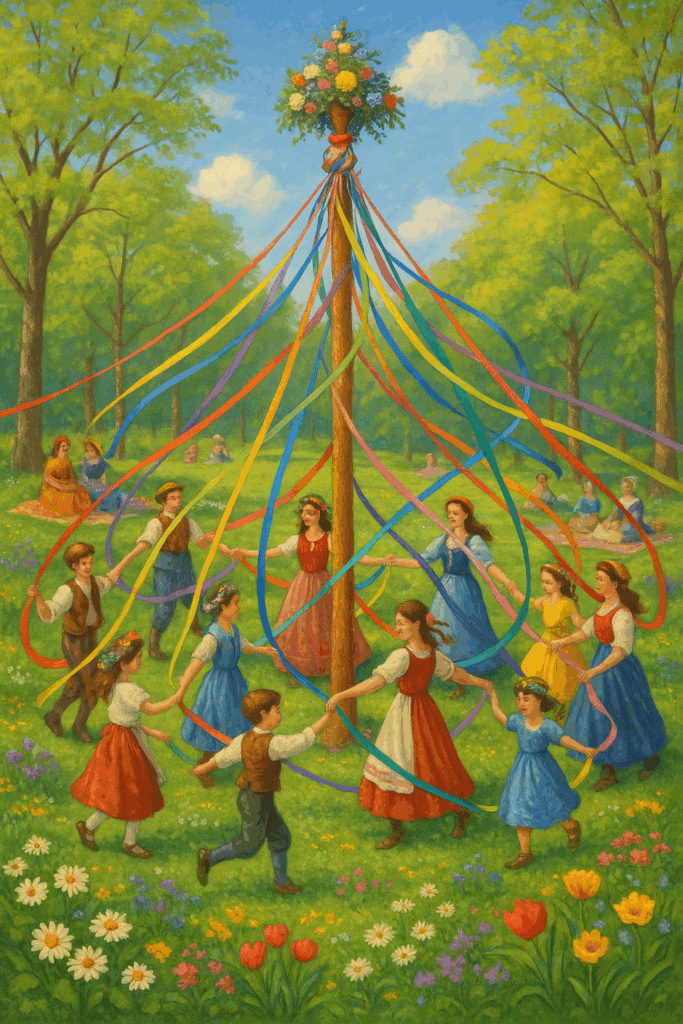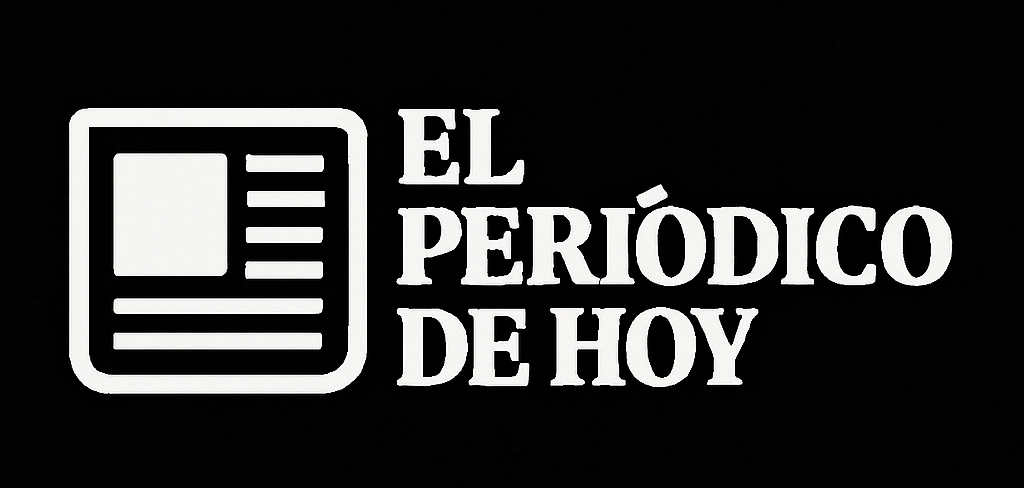
The tradition of dancing around the maypole symbolizes fertility, renewal, and community spirit. This article explains what a maypole is, its history, how it is used in North America, and why it continues to be culturally relevant today.
What is a Maypole?
A maypole is a tall wooden pole, often decorated with flowers, greenery, and ribbons, around which people dance during spring festivals, particularly May Day. The dance usually involves weaving patterns by interlacing the ribbons, often performed by children or community groups.
Origin and Meaning
Historical Roots
- Originated in medieval and early modern Europe, especially Germany, England, and Scandinavia.
- Associated with pagan spring rites celebrating fertility and the return of warmer weather.
Symbolism
- Fertility and renewal: The pole and dance represent the earth’s awakening.
- Community celebration: Brings people together for seasonal festivals.
Why Is the Maypole Popular in the U.S. and Canada?
Cultural Transmission
- Brought by European immigrants in the 18th and 19th centuries.
- Adopted in schools and community events for educational and cultural purposes.
Seasonal Celebrations
- May Day festivals: Celebrated in some towns and rural areas.
- Waldorf schools: Use maypoles in spring ceremonies as part of a nature-based curriculum.
Visual Appeal and Tradition
- The colorful ribbons and coordinated dances are festive and appealing.
- Emphasis on heritage and multicultural traditions keeps the practice alive.
Maypole Dance: How It Works
- A pole is erected in a central open space.
- Long ribbons are attached to the top.
- Dancers hold the ends of the ribbons.
- They circle the pole in opposite directions, weaving the ribbons into a pattern.
- Music and costumes often accompany the ritual.
FAQ
Is the maypole a religious symbol?
No. While it has pagan origins, today it is mainly a cultural and seasonal tradition.
Do people still celebrate May Day in North America?
Yes, especially in small towns, schools, and cultural organizations.
Can anyone participate in a maypole dance?
Yes, it is typically inclusive and designed for all ages, especially children.
Conclusion
The maypole is more than just a pole with ribbons: it is a symbol of community, seasonality, and celebration. Though it originated in Europe, its adoption in the U.S. and Canada shows how traditions can transcend borders. Whether at a Waldorf school or a local festival, the maypole continues to bring shared joy.
Quick Summary
- Maypole: Decorated pole used in springtime dances.
- Origin: Medieval Europe, symbolizing fertility and renewal.
- Popularity in U.S./Canada: Due to immigrant traditions and school events.
- Modern Use: Found in cultural and educational celebrations.
